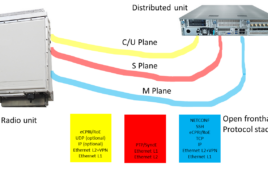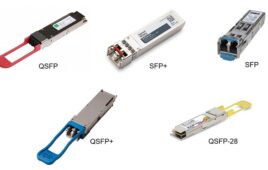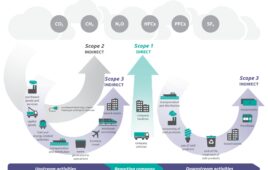Dr. Arman Shojaeifard of Interdigital Europe explains the concept behind reconfigurable intelligent surfaces and how the standards group he leads will develop those standards.
In “ETSI launches intelligent surfaces effort,” we reported on a new Industry Specifications Group (ISG) at ETSI whose goal is to develop design standards for reconfigurable intelligent surfaces (RIS). In the video, we spoke with Dr. Arman Shojaeifard of Interdigital Europe, the ISG RIS chair about the proposed technology behind RIS, possible use cases, the group’s structure and participants, and the process that the group will follow in developing the standards.
In the video, Shojaeifard explains that RIS is expected to use a mostly passive technology that can reflect signals. There’s plenty of engineering and materials research still needed to develop the surfaces. The intelligence in the surfaces that will control how signals will reflect comes from microcontrollers that get instructions from the networks and produce the signals that control which of the surface’s elements will reflect a signal and how.
While expanding coverage of 5G signals from sub-6 GHz to terahertz frequencies, that’s not the only use case for these surfaces. Shojaeifard forsees applications that bring 5G indoors, much as a repeater does today.
Shojaeifard also discusses the standards process and its timeline. He explains how the working group hears proposals and comes to a consensus on the specifics of the technology before writing the technical documents. Participants include three European universities. Group participants and members include wireless carriers, telecom equipment companies, test equipment, and universities. The ISG RIS held a kickoff meeting on September 30, 2021. He expects the ISG RIS group’s work to be completed in approximately two years.





Shojaeifard has written an article on the RIS technology in ETSI Magazine.